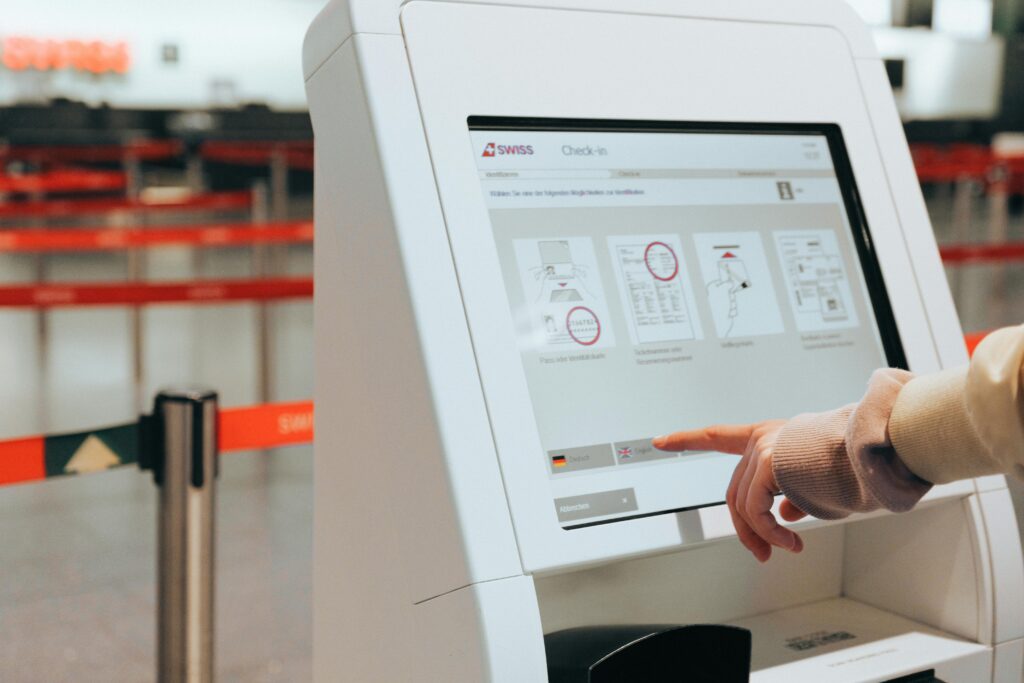The standard IR-infrared touch sensor technology has gained tremendous popularity with time and emerged as an excellent alternative to resistive and capacitive touch screens. But considering the limitations of traditional Infrared touch screens, A D Metro has taken it to the next level by developing innovative Linear Correlating Touch Technology (LCIR).
This LCIR technology is very different from the traditional IR (infrared) technology in terms of processing the touch input. Moreover, when most touch screen sensors, including the traditional IR touch screens, fail to offer reliable operation in strobing sunlight, A D Metro’s patented LCIR technology makes it to critical and safe use of touch applications in such environments. In fact, the LCIR technology is specifically developed for the aviation and automotive industry, which has to deal with bright sunlight impeding viewing of displays.
What Does A D Metro’s LCIR Technology Offer?
A D Metro’s linear correlating infrared (LCIR) touch technology offers highly responsive, precise, glove-compatible, two-touch, zero-force operation. Since the sensor does not have any substrate glass to cover the display, these touch sensors preserve, unhindered, the display’s optical performance, which is especially critical for automotive and aviation.
Unlike standard infrared (IR) touch sensors, LCIR functions reliably and remains fully immune to high-intensity sunlight from any direction. Traditional infrared touch screens are designed as rectangular sensor frames with LEDs and photodetectors enclosed by a bezel or cover. LCIR touch sensors, however, are endowed with the inherent advantages of perfect light transmission, negligible radio emissions, unrestricted glove compatibility, high tolerance of radio interference, zero-force touch operation, and compatibility with extreme temperatures and pressures.
A D Metro’s compact LCIR design goes beyond traditional infrared touch systems in several ways. As the name suggests, LCIR touch screens use linear correlation techniques that enable communication through optical signals across multiple points across the display’s surface unlike standard IR which works with single point IR beams. This helps achieve exceptional reliability and touch precision.
The LCIR touch sensors also deliver two-touch performance by using optical scans at angles across the touch sensing area. This is an excellent feature for applications requiring pinch, zoom, and rotate operations but have difficulty integrating projected capacitive (PCAP) touch sensors.
A D Metro’s patented LCIR touch technology consists of a sensor frame and controller board. Moreover, there are options for interfacing the controller board to the system USB is standard (which interfaces with many operating systems without the need for a driver), but RS-232 (low voltage), or I2C are also available.
Overall, A D Metro’s LCIR Infrared touch screens are ideal for applications that are difficult to function with PCAP touch screens. LCIR gets an edge over PCAP touch screens due to issues like radio emission susceptibility challenges or severe design constraints involving display visibility or glove compatibility associated with PCAP touch sensors.
To Summarize:
A D Metro’s LCIR touch sensor is a perfect fit for applications that have the following features:
1. 100% optical clarity/maximum contrast
2. Reliable two-touch functionality
3. Gloved fingers and 5mm stylus touch input compatibility.
4. 100% sunlight immunity, including strobing sunlight.



